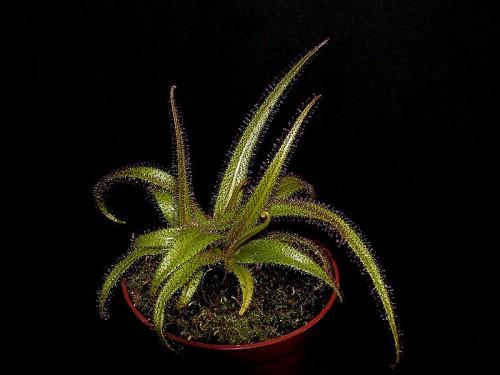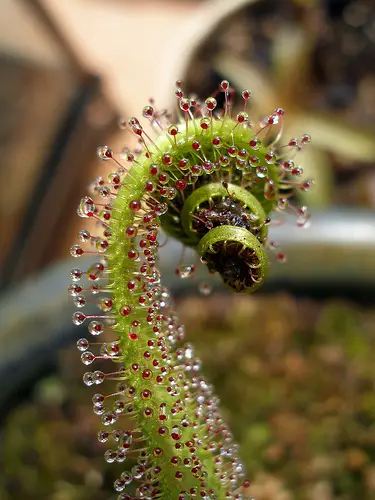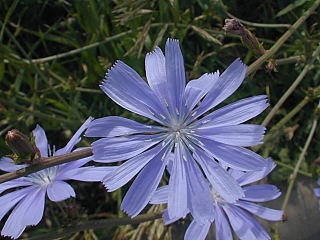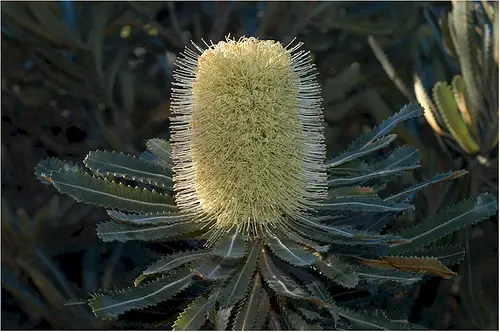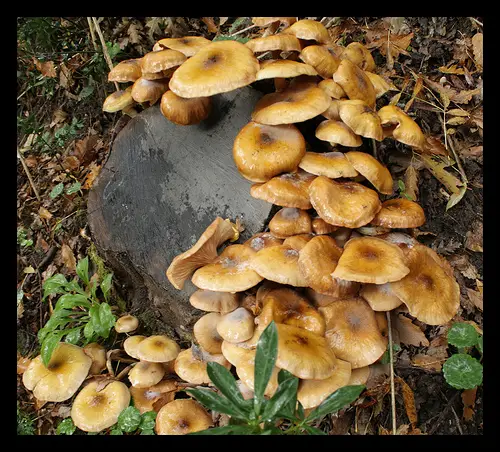King Sundew
The king sundew is a carnivorous plant that is endemic to only one South African valley. It was first scientifically described by Edith Layard Stephens in 1926 who was a South African Botanist. Stephens named it the the king sundew because it had a striking appearance.
It has many unusual characteristics which are not found in other sundew species. This includes operculate pollen, woody rhizomes, and more. Molecular data and phylogenetic analyses have been conducted and have found that the king sunew actually possess the most ancient characteristics within the genus Drosera (sundew). As a result, it suggests that the Venus flytrap shares a close evolutionary relationship with the king sundew.
The leaves of the king sundew can reach up to 70 cm long and 2 cm wide. These leaves have stalked glands (testicles) on the upper surface of the lamina along the entire length of the leaf, but lack stipules and petioles. They will emerge by uncurling and tapering onto a point.
The leaves are also covered with tentacles, which are used to capture large prey. These large prey include butterflies, moths, and beetles. The tentacles produce sticky mucus and the leaves are active flypaper traps which respond by bending and then wrapping tightly to surround its prey. During the colder months, the king sundew becomes dormant and becomes a short cluster of immature leaves. In mid-July, the plants break their dormancy and grow from October to April. However, some king sundew plants can continue to grow all-year round without being dormant.
The king sundew flowers during January and February, and will produce scapes that are up to 40 cm long. These scapes grow vertically and consist of 2 primary branches which can bear between 5 to 30 pink flowers that are unscented and have petals that are 2 to 3 cm long.
